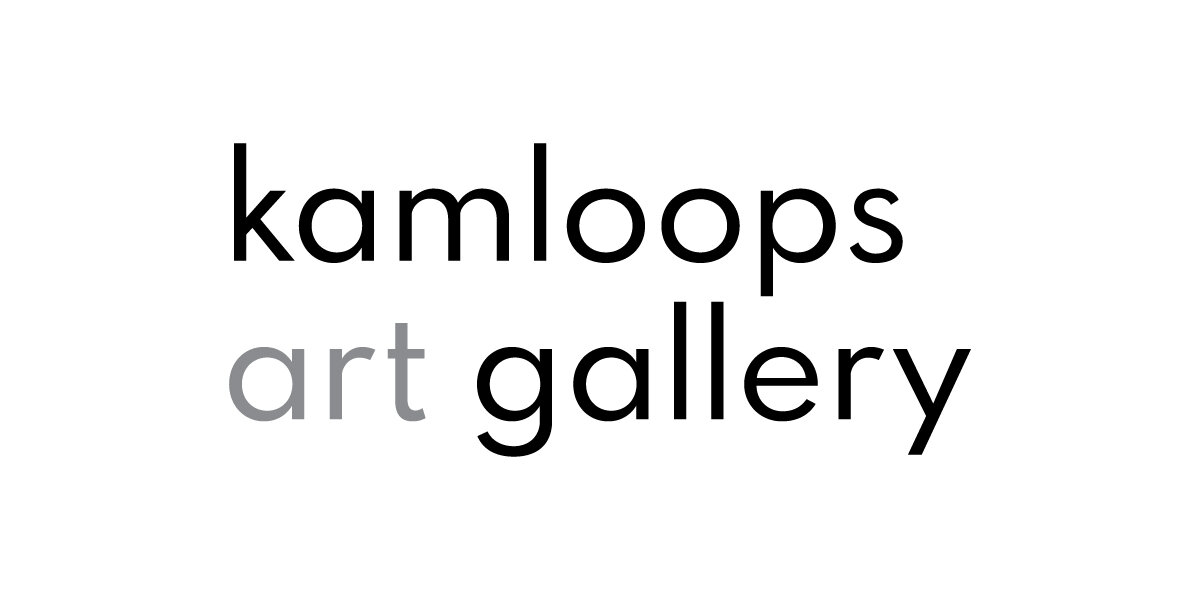A MARKER TO MEASURE DRIFT
Scott Massey
Central Gallery
January 22 to April 3, 2021
Curated by Charo Neville
Canadian artist Scott Massey (b.1971) explores the confluence of art and science through multi-media projects that accentuate natural phenomena by fabricated means. Drawing on research into quantum physics, cosmology, astronomy, and other scientific disciplines, Massey’s practice examines cosmological subjects as a way of understanding our place in this greater context.
We live in a time when major advances in scientific knowledge are made daily. We have progressed from once believing the earth was flat to now having direct evidence of gravitational waves and black holes, as predicted by Einstein’s theory of general relativity. The 1972 Blue Marble photograph of the Earth taken by the Apollo 17 Spacecraft crew on route to the moon is one of the most reproduced images in history; seeing this image for the first time was a watershed moment that transformed humanity’s view of the world.
With every new discovery about the universe’s expansiveness, our sense of significance diminishes. This knowledge can be overwhelming and difficult to comprehend. Massey grapples with his existence and our collective existence within this seemingly infinite context by creating a visual framework that is often experimental and driven by a deep curiosity. While recognizing the historical divide between science and religion,
Massey offers a critical reframing of humbling concepts to disrupt these binaries and allow space for quiet contemplation, where scientific and spiritual dimensions can coexist.
Using light as a medium and employing image-making apparatus in both the creation and presentation of works, Massey’s practice takes up the mechanisms of photography in sculptural forms. The ground glass lens has played a pivotal role in Massey’s work, through the medium of photography, but also as a fundamental instrument of light gathering. Much of what we currently know about the cosmos can be traced back to the invention of the ground glass lens. Galileo’s lens-based observations of the moons of Jupiter in the early 17th century led him to confirm the heliocentric theories of Copernicus (1543), which propose that the planets orbit the sun and the Earth turns daily on its own axis. These theories mark a shift away from a religious-based world view to scientific observation of the “heavens.”
Connecting the physical properties of light and the paradigm-shifting potential of the ground glass lens, Massey’s work visualizes everyday phenomenon that we might take for granted. The video work Untitled (An Object Kindly Enclyning), 2012, presents a large magnifying lens spinning and wobbling on an illuminated glass surface, falling on its side and then righting itself and spinning
in the opposite direction, repeating the sequence in an endless loop, and playing with
our perception of gravity. The work borrows its title from Geoffrey Chaucer’s poem
Hous of Fame written in the late 14th century and draws on Copernican theories of gravity, a subject further developed by Galileo.
The panoramic installation The Day Breaks, 2013, presents a time-lapse "photograph" of changing light captured over the course of a day onto a single image plane in real time, made using a device constructed from salvaged enlarger lenses and ABS plumbing pipes. In his ongoing photographic series Via Lactea, 2014-, Massey captures small sections of the night sky over the course of many hours on the same segment of Kodak Ektar film in remote locations with little light pollution in order to achieve the illusion of seeing white stars on a luminous blue background — a reminder that the stars are still “out” during the daytime. Through the use of a full-spectrum light bulb and grass grown in a circular planter over the course of the exhibition, Rememoration Piece (grass ring), 2004/2020, evokes questions about our definitions of “natural” and “artificial” and our relationship to the natural world.
All these works play with scale, investigating small and large phenomenon as a way to reveal aspects of the seemingly unknowable, unfathomable, or invisible. Grounded in both the macro and micro, the exhibition presents over 15 years of Massey’s ambitious and meticulous undertakings, as a portal for contemplating the inexplicable.
Massey holds a Bachelor of Fine Arts degree in photography from Emily Carr University of Art + Design, Vancouver, BC; and has participated in residencies at the Klondike Institute of Art and Culture, Dawson City, YK; the Banff Centre for Arts and Creativity, Banff, AB; Dazibao/PRIM, Montréal, PQ; and Lumen Collective, Atina, Italy. He has been awarded numerous production/creation grants from the BC Arts Council and the Canada Council for the Arts, as well as a number of other scholarships and awards.
Solo exhibitions include Movement Without Moving, VU Photo, Québec City, PQ (2018); Black Hole Sun (with Blaine Campbell) at Republic Gallery, Vancouver, BC (2016); Unstable Ground, Burnaby Art Gallery, Burnaby, BC (2015); Light Adjustments, Dazibao, Montréal, PQ (2014/15); Let’s Reach c Together, Charles H. Scott Gallery, Vancouver, BC (2013); The Day Breaks, Gallery295, Vancouver, BC (2013); Topologies and Limits, CSA Space, Vancouver, BC (2011); Swan Song, Luminato Festival, Toronto, ON (2009); Collapse: Spill 01, Artspeak, Vancouver, BC (2004). His work has also been included in group shows at Gallery44, Toronto, ON; Contemporary Art Gallery, Vancouver, BC; the Columbus College of Art & Design, Columbus, Ohio; and Contact Photography Festival, Toronto, ON. Scott Massey currently lives and works on Bowen Island, BC.
Scott Massey
Transit (viewed through unexposed processed transparency film), 2012 (detail)
R E L A T E D E V E N T S
Photos: SITE Photography






















